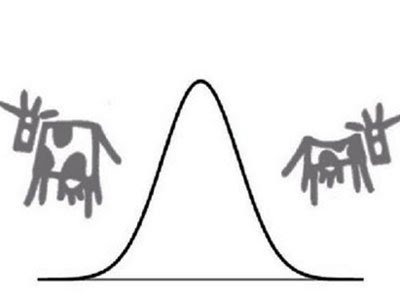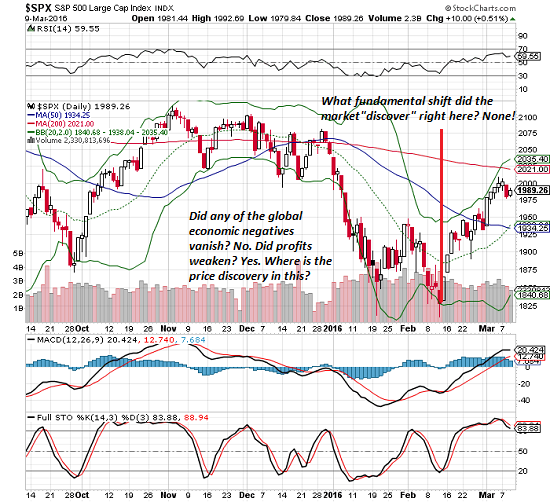In Part 1 we noted that the real evil of Bubble Finance is not merely that it leads to bubble crashes, of which there is surely a doozy just around the bend; or that speculators get the painful deserts they fully deserve, which is coming big time, too; or even that the retail homegamers are always drawn into the slaughter at the very end, as is playing out in spades once again. Daily.
Given enough time, in fact, markets do bounce back because capitalism has a inherent urge to grow, thereby generating higher output, incomes, profits, wealth and stock indices. That means, in turn, investors eventually do recover from bubble crashes—notwithstanding the tendency of homegamers and professional speculators alike to sell at panic lows and jump back in after most of the profits have been made—or even at panic highs like the present.
Instead, the real economic iniquity of central bank driven Bubble Finance is that it destroys all the pricing signals that are essential to financial discipline on both ends of the Acela Corridor. And as quaint at it may sound, discipline is the sine qua non of long-term stability and sustainable gains in productivity, living standards and real wealth.
The pols of the Imperial City should be petrified, therefore, by the prospect of borrowing $1.2 trillion during the upcoming fiscal year (FY 2019) at a rate of 6.o% of GDP during month #111 through month #123 of the business expansion; and doing so at the very time the central bank is pivoting to an unprecedented spell of QT (quantitative tightening), involving the disgorgement of up to $2 trillion of its elephantine balance sheet back into the bond market.
Even as a matter of economics 101, the forthcoming $1.8 trillion of combined bond supply from the sales of the US Treasury ($1.2 trillion) and the QT-disgorgement of the Fed ($600 billion) is self-evidently enough to monkey-hammer the existing supply/demand balances, and thereby send yields soaring.
…click on the above link to read the rest of the article…









